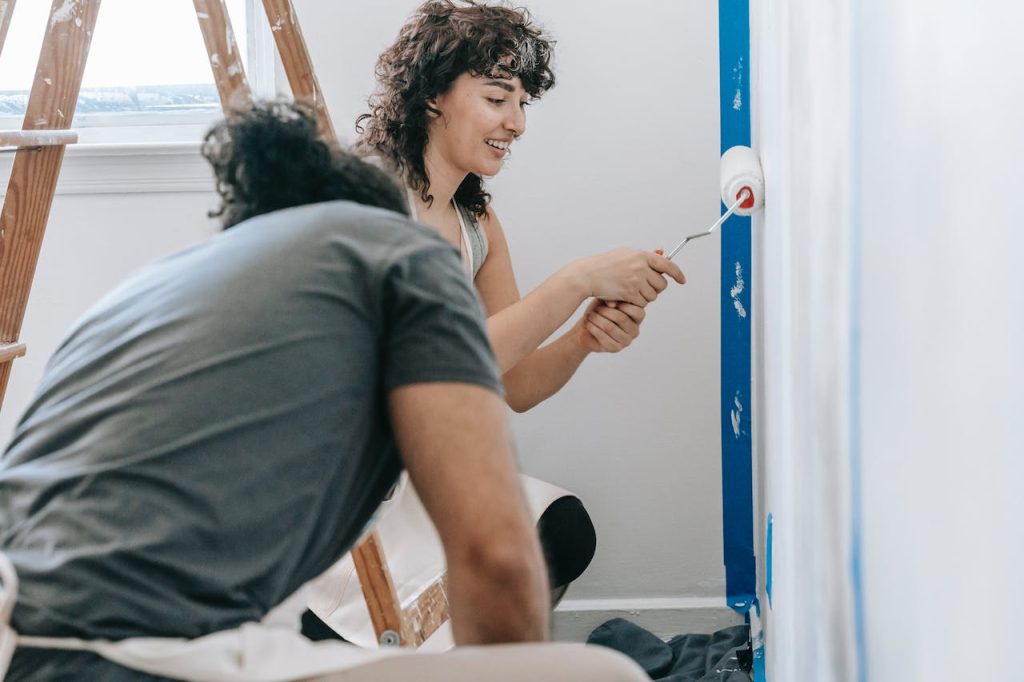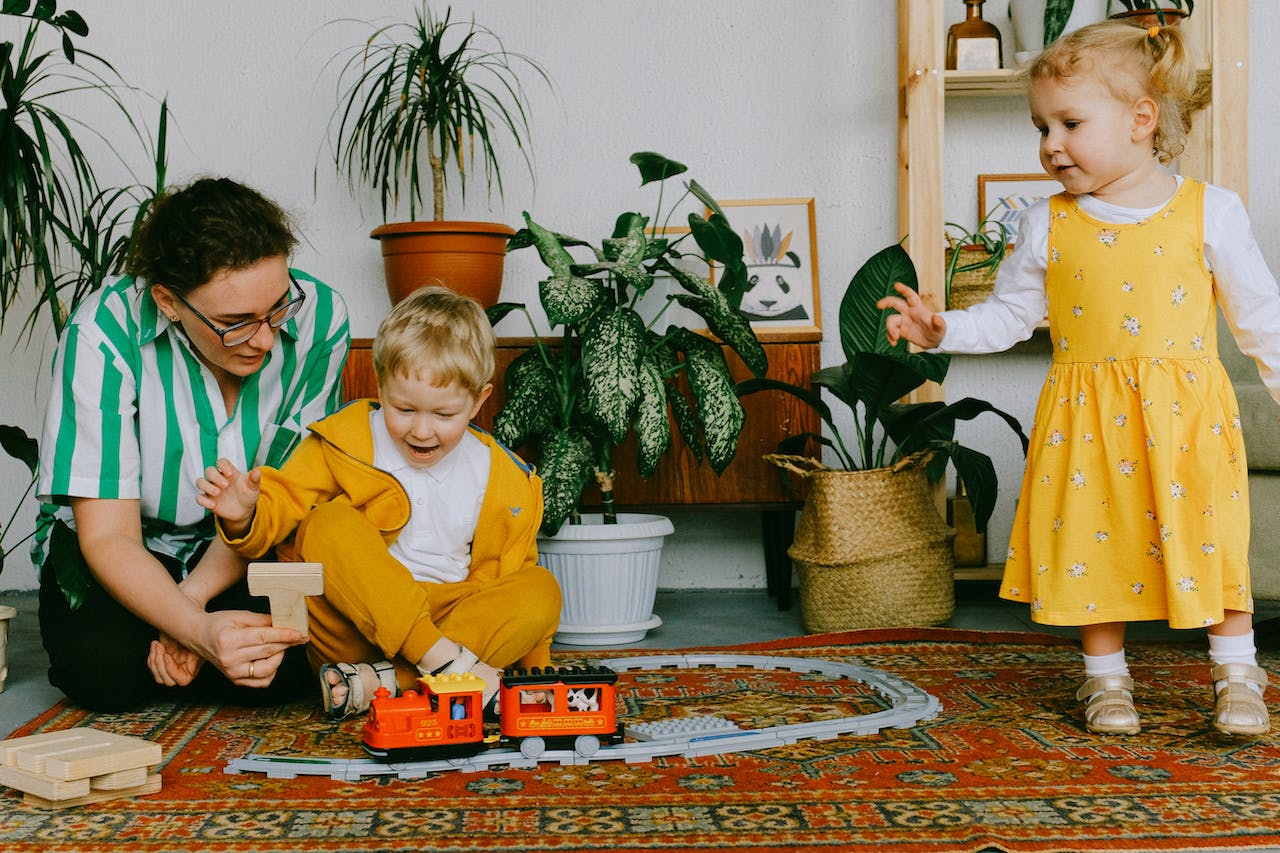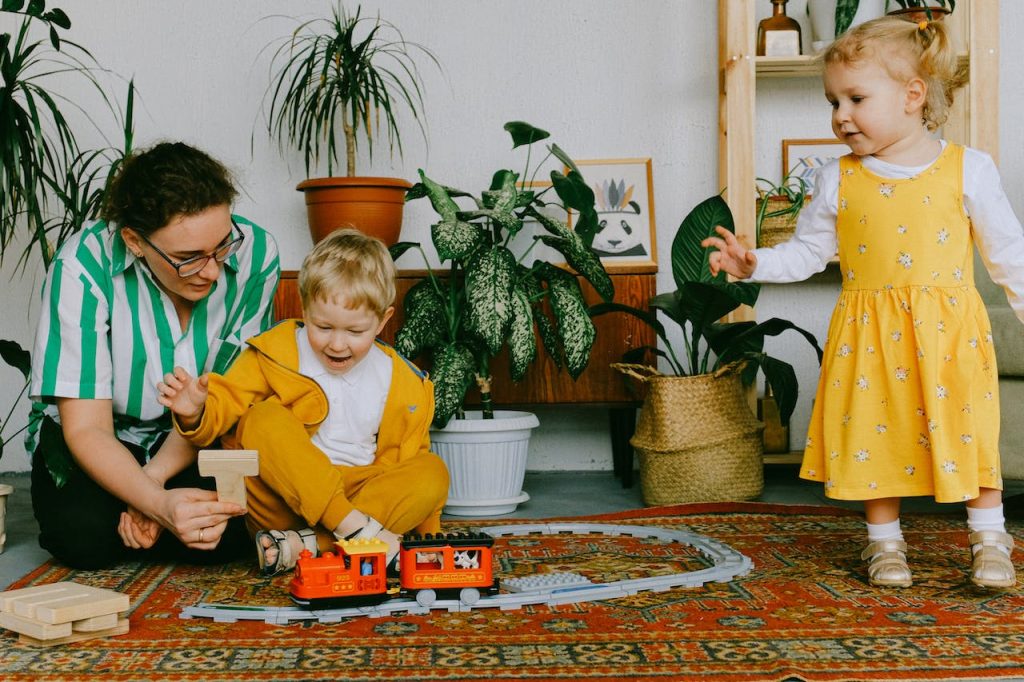It’s surprising to discover that some things aren’t as safe as they seem. Fortunately, you can avoid hazardous products that pose health risks to you and your family. This guide will help you find 10 hidden household dangers.
1. VOCs Top the List of Hidden Toxins in Your Home

Some people don’t realize why volatile organic compounds (VOCs) are so hazardous. These chemical compounds — present in carpeting, paint, and flooring products — vaporize and pollute the indoor air of your home.
You can avoid the dangers of volatile organic compounds by looking for labeling that identifies the product as low-VOC or zero-VOC. Look for VOC-free options in these products:
- Deodorant
- Cleaning solutions
- Varnishes
- Shampoos
- Cosmetics
Maintaining good indoor air circulation will reduce the potency of VOCs in the air.
2. Plastic Is a Major Hazard
The plastic found in cheap and convenient food packaging can expose you and your family to hazardous compounds. In addition to containing the same VOCs that affect indoor air quality, plastic contains other concerning chemical compounds. Bisphenol A (BPA) and phthalates are especially harmful hidden toxins in your home.
Ingesting these compounds can lead to cancer, birth defects, and hormonal changes. Avoid exposure by transferring food out of plastic containers. Instead, use glass, stainless steel, or ceramic containers.
Did You Know? Even a microwave-safe plastic container can lead to contaminated food. Never use plastic containers to heat your food in a microwave.
3. Pesticides Don’t Just Harm Insects
From your bedroom plants to the fresh produce in your kitchen, the use of pesticides is an ever-present hazard. Pesticide exposure leads to sinus irritation, damage to the central nervous system, kidney disease, and cancer.
Always wash fruits and vegetables before eating them. Removing footwear at the door will prevent people from tracking pesticides into your home.
Learn more about hidden household toxins here:
4. Fungi Are Some of the Most Common Toxins in the Home
Due to the spores they release into the air, mold and other fungi are some of the most dangerous hidden toxins in your home. Inhaling these spores can lead to a variety of health problems, including immune system suppression, sinus issues, and cancer.
Minimize these risks by controlling the humidity and moisture in your home with a dehumidifier. When remodeling, look for nontoxic flooring that’s also mold-resistant.
5. Formaldehyde Is a Common Household Hazard
You might not think about formaldehyde as one of the many hidden toxins in your home, but it may be present. Although this chemical is colorless, it does carry a strong odor that can irritate the sinuses and eyes. Long-term exposure may lead to cancer.
Formaldehyde is present in pressed wood (plywood, particleboard, etc.) and in insulation. When handling insulation, make sure to wear protective gear and a respirator. You can limit exposure from pressed wood products by sanding the material and applying a good-quality sealant.
6. PVC Is in Almost Every Room of Your Home
Polyvinyl chloride, or PVC, contains phthalates, which can cause endocrine system damage and birth defects. Unfortunately, many products contain PVC, such as:
- Food containers
- Baby toys
- Vinyl flooring
- Cosmetics
- Shower curtain liners
The best way to limit exposure to these common toxins in the home is to avoid buying products containing PVC. Many of these products are labeled, but if you’re unsure whether a product is phthalate-free, contact the manufacturer.
7. Dioxins Are Linked to Unhealthy Lifestyles
Improper combustion produces toxic dioxins. If you or a family member smokes tobacco products, you more than likely have these hidden toxins in your home. Dioxins are also common in fatty or processed meats.
Cancer, skin damage, and liver damage are possible through dioxin exposure. Reducing fat consumption is one way to avoid this hazard, along with maintaining a smoke-free indoor environment. If you have a wood-burning stove, never burn treated wood.
8. Heavy Metals Expose You to a Variety of Health Hazards
Seafood, building materials, and lead paint can contain heavy metals. However, you’re more likely to find these hidden toxins in your home’s water supply. Heavy metals, such as arsenic, mercury, lead, aluminum, and cadmium, are typically present in hard water.
Cancer, cognitive disorders, Alzheimer’s disease, and fatigue are linked to exposure. Reduce these risks by installing a good water filtration system. Additionally, avoid eating fish high in mercury, such as mackerel, swordfish, and white tuna.
9. Flame Retardants Make Up More Hidden Toxins in Your Home
Polybrominated diphenyl ethers (PBDEs) are commonly used to create flame-retardant products. Exposure can cause a wide range of problems, including thyroid and developmental issues.
Avoid the use of polyester or foam products to minimize the presence of PBDEs. You’ll find PBDEs in children’s clothing, furniture cushions, window coverings, and pet bedding.
Pro Tip: Explore green living tips to find healthier or more natural alternatives. Many alternatives will also provide better comfort and eliminate skin irritation.
10. Chloroform Is One of the Hardest-to-Detect Hidden Toxins in Your Home
Your water supply can be a source of multiple hidden toxins in your home, including chloroform. This compound is produced when the chlorine in your water heats up. It can cause cancer, organ damage, birth defects, and other health issues.
Install low-flow faucets and showerheads to limit exposure, and always use an exhaust fan when showering or bathing. Make sure your washer and dryer are in well-ventilated areas.
Watch What You Bring Into Your Home
Now that you know how to identify hidden toxins in your home, you’re better able to limit their presence. Follow these tips to maintain a healthier and safer living environment.
About the Author
Sarah’s love for home design and renovation runs as deep as her love for a good dad joke! 😄 She’s been crafting content with the fantastic folks at Ambient Building Products for years, and when it comes to homes, this gal is the real deal.
From DIY adventures to pro collaborations, she’s worn all the hats, and not just because she’s a fan of stylish headgear. In her own abode, she’s overseen her fair share of projects, making her a true home improvement aficionado.
But what really makes her heart skip a beat are those eco-friendly, energy-efficient upgrades that not only make your house look good but also feel good. Sarah’s all about adding value to your home, one pun and one project at a time! 💚💡


